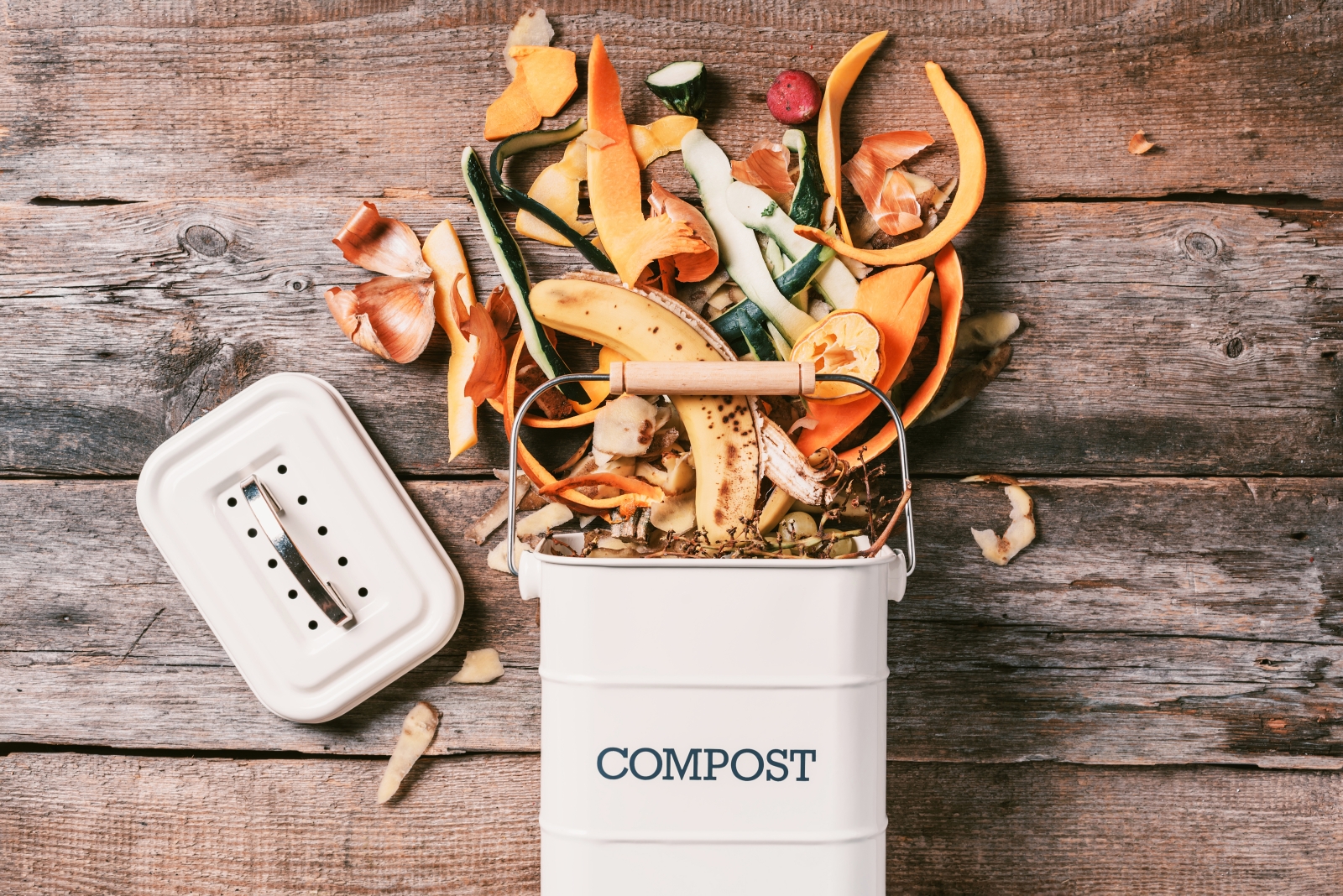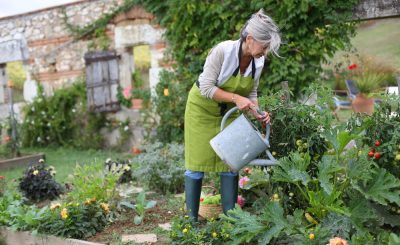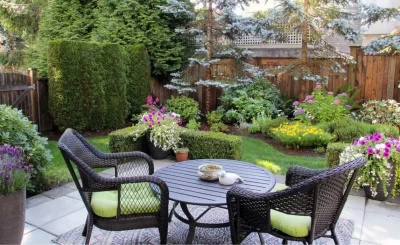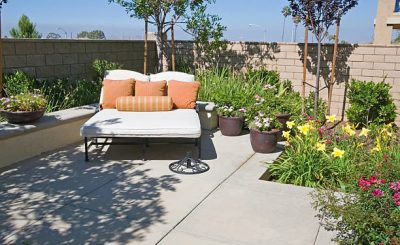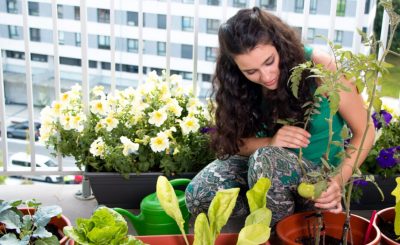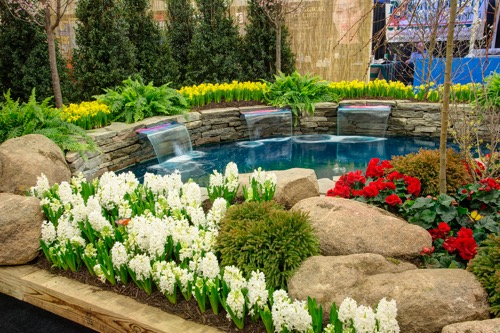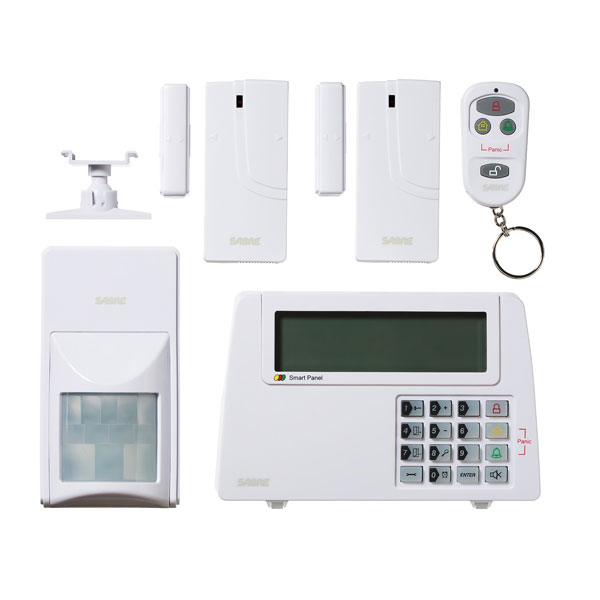Let’s be honest. We all produce waste. From coffee grounds to cardboard boxes, it piles up, a constant reminder of our consumption. But what if that “waste” wasn’t waste at all? What if it was the secret ingredient for a thriving, vibrant garden?
That’s the magic of circular gardening. It’s a simple, powerful idea: close the loop. Instead of sending your kitchen and yard scraps to the landfill, you transform them right back into resources that feed your soil and grow your plants. It’s gardening that works with nature’s cycles, not against them. And honestly, it’s one of the most rewarding shifts you can make.
Your Kitchen: The Unlikeliest of Garden Centers
Step one? Look in your trash can. Seriously. Your kitchen is a treasure trove of organic matter just waiting to be repurposed. Here’s a breakdown of the usual suspects and how to give them a second life.
Coffee Grounds & Tea Leaves
Don’t toss those used coffee grounds or tea bags (just make sure they’re not the plastic kind!). They are a fantastic, nitrogen-rich addition to your garden. You can sprinkle them directly around acid-loving plants like blueberries, azaleas, and roses. Or, and this is key, you can add them to your compost pile as a “green” material to heat things up.
Eggshells for the Win
Crushed eggshells are a triple threat. First, they add valuable calcium to the soil, which helps prevent blossom end rot in tomatoes and peppers. Second, their sharp edges deter soft-bodied pests like slugs and snails. And third, they help aerate the soil. Just rinse them, let them dry, crush them up, and sprinkle them in your planting holes or around the base of your plants.
Veggie Scraps & The Art of Composting
This is the big one. Onion skins, carrot tops, potato peels, apple cores—all of it is compost fodder. Composting might sound complicated, but it doesn’t have to be. You’re just creating the right conditions for organic matter to break down into a rich, dark, crumbly substance that gardeners call “black gold.”
The basic recipe is simple: layer your “greens” (kitchen scraps, grass clippings) with “browns” (dried leaves, cardboard, paper). Keep it as moist as a wrung-out sponge, and turn it occasionally to add air. That’s it. Nature handles the rest.
Beyond the Kitchen: Unconventional Waste Streams
Okay, so you’ve got the kitchen sorted. Now let’s get creative. There’s a whole other world of household waste that’s perfect for the garden.
Cardboard and Newspaper for Weed Control
Weeding is nobody’s favorite chore. Cardboard and newspaper are your secret weapons. By laying down a thick layer of these materials (a technique called sheet mulching or lasagna gardening), you smother weeds and create a fantastic base for new garden beds. Just wet the cardboard, lay it down, and cover it with a few inches of compost or mulch. The cardboard eventually breaks down, feeding the worms and improving your soil structure.
Gray Water: A Controversial Lifesaver
In areas with water restrictions, this is a game-changer. Gray water is the relatively clean waste water from your baths, showers, and laundry. Now, you have to be careful. Use biodegradable, plant-friendly soaps and detergents. And it’s best used on ornamental plants or fruit trees, not root vegetables. But capturing that water to use during a dry spell? It can save your garden—and your water bill.
Ash from the Fireplace
If you have a wood-burning fireplace, your ash is a source of potassium and lime. A light dusting can help sweeten acidic soil. But use it sparingly! Too much ash can drastically alter your soil’s pH. It’s best for lawns or around alkaline-loving plants.
Putting It All Together: A Simple Circular System
So how does this all flow in practice? It’s about creating little loops. Here’s a snapshot of what a zero-waste gardening system can look like in your backyard.
| Waste Stream | How to Repurpose It | Key Benefit |
| Fruit & Veggie Scraps | Compost pile/bin | Creates nutrient-rich humus |
| Coffee Grounds | Direct soil amendment or compost | Adds nitrogen, acidifies soil slightly |
| Eggshells | Crushed and added to soil | Adds calcium, deters pests |
| Cardboard/Paper | Sheet mulching for weed control | Suppresses weeds, builds soil |
| Yard Trimmings | Grass clippings as mulch, leaves for compost | Returns nutrients, retains moisture |
| Fireplace Ash (Wood) | Light sprinkling on soil | Adds potassium & lime |
See? It’s a cycle. You eat, you generate scraps, you feed the soil, the soil feeds you. It’s beautifully, profoundly simple.
The Ripple Effects: Why This Matters More Than Ever
This isn’t just about getting a better tomato, though that’s a fantastic perk. The impact of adopting a circular waste management system for your garden goes much deeper.
First, you’re drastically reducing what you send to the landfill. Organic matter decomposing in a landfill without oxygen creates methane, a potent greenhouse gas. In your compost pile, with oxygen, it breaks down cleanly.
Second, you’re building resilience. You’re no longer entirely dependent on store-bought fertilizers and bagged compost. You’re creating your own, richer, living soil that’s teaming with beneficial microbes and fungi. This kind of soil holds water better, fights off diseases, and ultimately grows healthier, more pest-resistant plants.
It’s a quiet act of rebellion against a disposable culture. A small step towards true sustainability, right in your own backyard.
Getting Started Without Getting Overwhelmed
Feeling inspired but not sure where to begin? Don’t try to do everything at once. Start small. Pick one waste stream. Maybe it’s saving your coffee grounds this week. Or setting up a small countertop compost bin for your veggie peels.
Here’s a simple, no-fuss plan for your first week:
- Grab a bowl or small bin with a lid for your kitchen counter.
- Start collecting your fruit and vegetable scraps in it.
- At the end of the week, find a corner of your yard, dig a small hole, and bury them.
- That’s it. You’ve just started composting.
See? No fancy equipment needed. Just a shift in perspective. From there, you can build. Add eggshells. Save your cardboard for a new flower bed next month. The goal is progress, not perfection.
In the end, circular gardening is more than a technique. It’s a mindset. It’s about seeing potential where others see trash. It’s about participating in the oldest cycle there is: life, decay, and rebirth. Your garden becomes not just a place of beauty, but a living, breathing system that you are an integral part of. And the best part? It all starts with what you were about to throw away.


